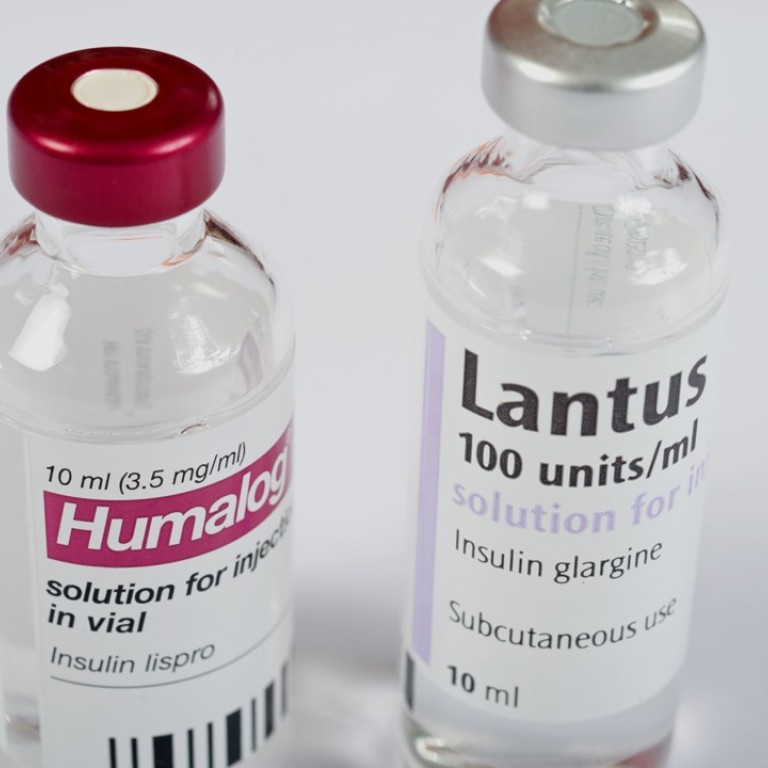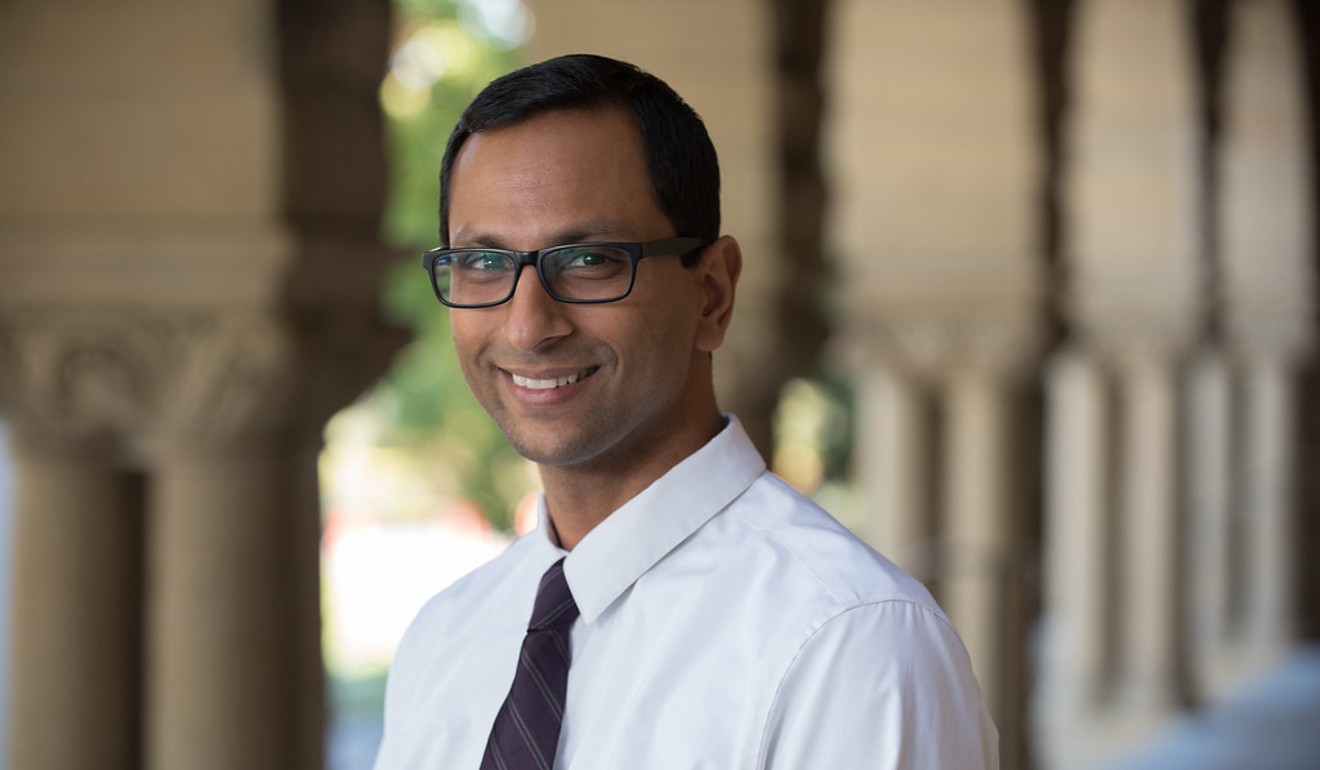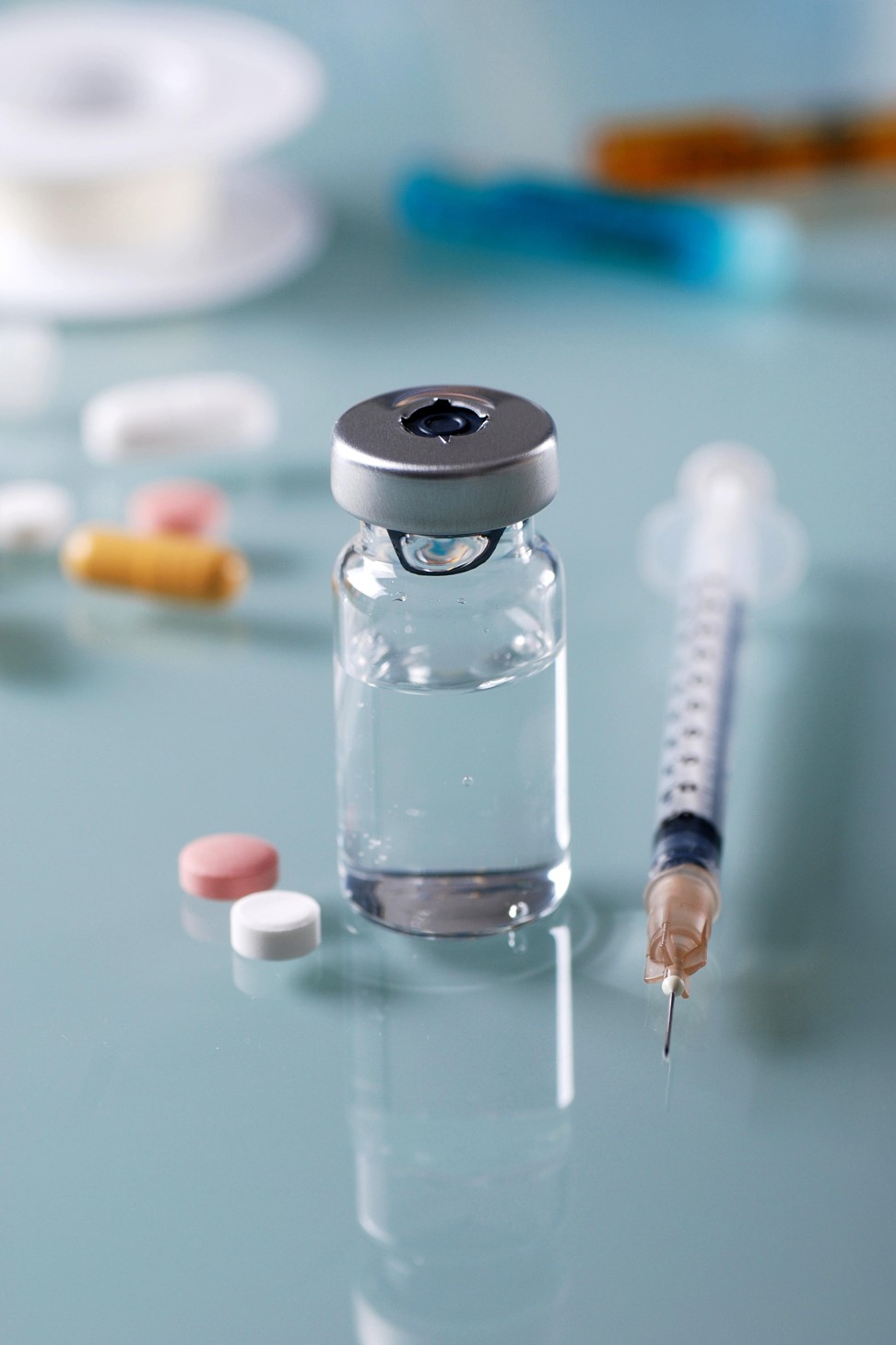
Type 2 diabetes numbers drive surge in insulin demand and millions could be left without
- The world will need 20 per cent more insulin by 2030 and half of those in need won’t get it unless supply improves
- A natural hormone, insulin is costly to produce and many diabetics from developing countries can’t afford treatment
A global diabetes epidemic is fuelling record demand for insulin, but tens of millions will not get the injections they need unless there is a dramatic improvement in access and affordability, a new study concluded.
Diabetes – which can lead to blindness, kidney failure, heart problems, neuropathic pain and amputation – now affects 9 per cent of all adults worldwide, up from 5 per cent in 1980.
Singapore’s war on type 2 diabetes aims to save lives – and limbs
The vast majority have type 2 diabetes, linked to obesity and lack of exercise, and numbers are increasing particularly rapidly in the developing world as people adopt more Western, urban lifestyles.
Researchers say the amount of insulin needed to effectively treat type 2 diabetes will rise by more than 20 per cent over the next 12 years; but insulin would be beyond the reach of half the 79 million type 2 diabetics predicted by that time.
The shortfall is most acute in Africa, where the team led by Dr Sanjay Basu from Stanford University estimated supply would have to rise sevenfold to treat at-risk patients who had reached the stage of requiring insulin to control their blood sugar.


“These estimates suggest that current levels of insulin access are highly inadequate compared to projected need, particularly in Africa and Asia,” Basu said.
“Despite the UN’s commitment to treat non-communicable diseases and ensure universal access to drugs for diabetes, across much of the world insulin is scarce and unnecessarily difficult for patients to access.”
Current levels of insulin access are highly inadequate compared to projected need, particularly in Africa and Asia
Global insulin supply is dominated by three companies – Novo Nordisk, Sanofi and Eli Lilly – which have various programmes to try to improve access to their products.
Insulin, however, remains costly and prices can be especially out of reach in poorer countries where tortuous supply chains and high mark-ups by middlemen often make it unaffordable for many patients.
Overall, Basu and colleagues calculated that global insulin use was set to rise to 634 million 1,000-unit vials by 2030 from 526 million in 2018.
Their study, published in The Lancet Diabetes & Endocrinology journal and funded by the Helmsley Charitable Trust, was based on projections of diabetes prevalence from the International Diabetes Federation.
How a naturopath made herself well, and how she helps others
Dr Hertzel Gerstein from Canada’s McMaster University wrote in an accompanying commentary that it was important to estimate and ensure insulin supplies, but added the forecasts should be treated cautiously as they were based on mathematical models.

